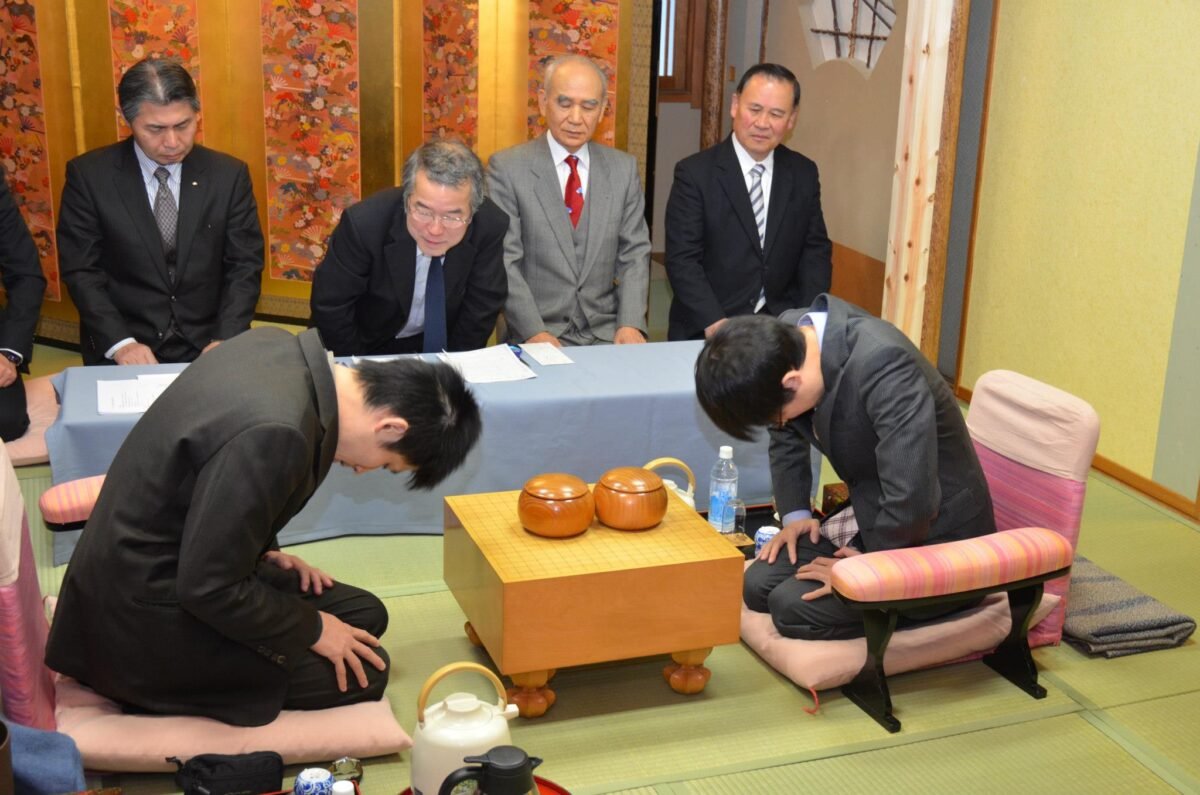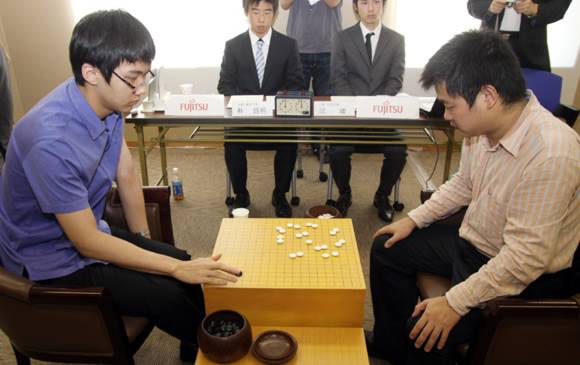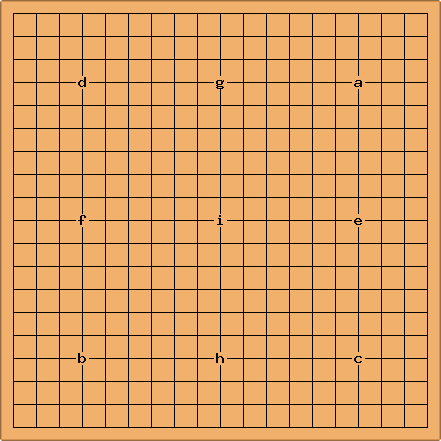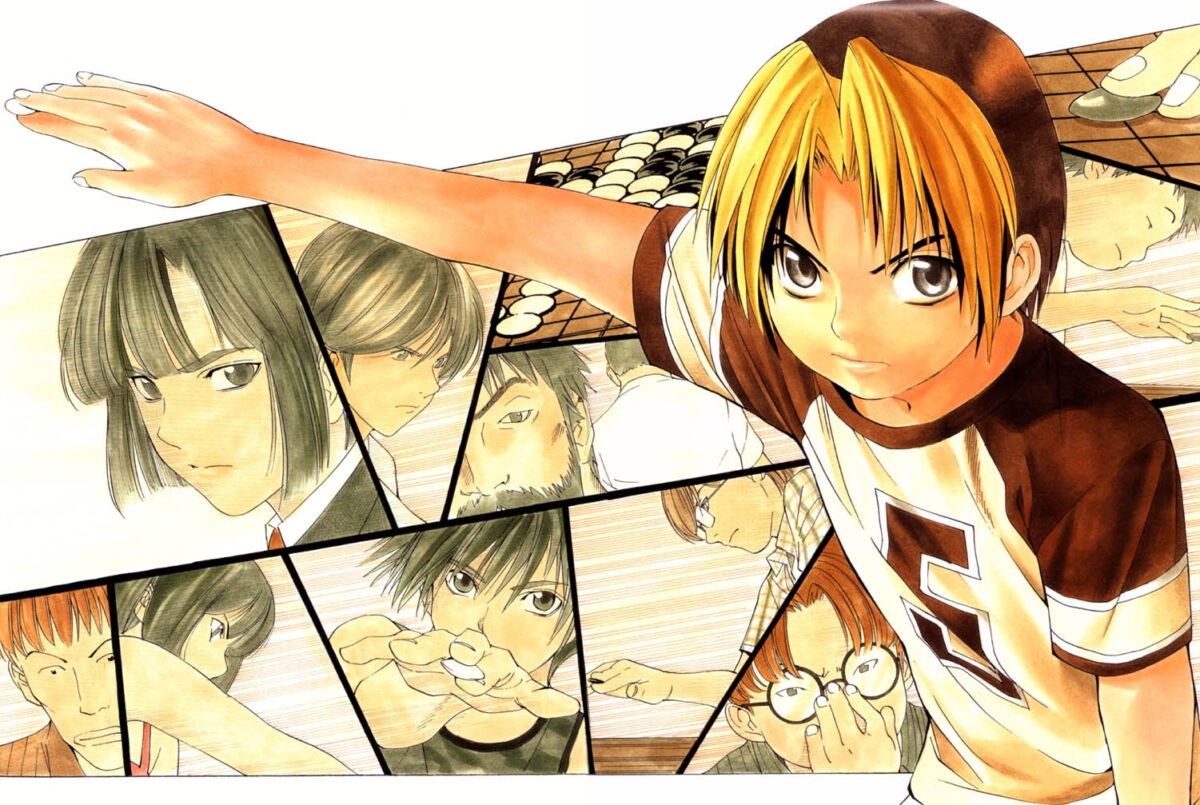The Nuances of Go Etiquette

If you have been playing Go for a while, chances are that you’ve heard of Go etiquette as well. Sure enough a lot of it is so obvious that it’s part of the rules now. If your opponent is rattling the stones in his bowl or distracting you from playing some other way, you can even call the referee to resolve this.
Some minor details however can’t be found in any rulebook, nor can a referee even notice them and yet…
If you want to play with elegance and grace like a Japanese player…
Listen closely.
1. The player who is more senior in age gets to take a more comfortable position (not the one who came first). It is recommended to wait for your opponent and offer him/her to choose the side.
2. Many people mistakenly believe that nigiri is done by the stronger player. In fact it’s the senior player who performs nigiri as well (takes a handful of stones). He takes 10-20 white stones and they are counted in pairs and set aside to form a rectangle — pair after pair. Spilling them all over the board is not recommended. Qiu Jun 9 dan is doing it wrong in this picture.

3. Handicap stones are placed in the following order.

4. Don’t forget to wish your opponent a good game — remember that famous “onegaishimasu” from Hikaru no Go? Or better yet, you can make a bow before the game.

5. Captured stones are typically placed in the bowl lids but if there are too many of them, you should take them out and place them on the table in rectangles, just like you did during nigiri. It is done to make score estimation easier for you and your opponent.
6. You shouldn’t put anything on the Go board. The only exception — Go bowls. Many players fill out the result sheet right on the board after the game. Not only is it a little impolite, but it also damages the board’s playing surface.
7. The first move is made in your upper right corner. If it’s a 3-4 point, you should play it facing the upper left.
8. If you made a move while your opponent was away, show him the move. Don’t let him look for it.
9. Playing all the way till the counting stage is acceptable only if you are losing by less than 10 points. In other cases it is recommended to resign. To be fair, even professionals occasionally count games with 30+ points of difference.
10. You should never resign during counting.
11. In order to resign gracefully, place 2 stones on the board, saying “I resign” at the same time.
12. Players usually take turns filling neutral points, even after the clock has been stopped.
13. After the game you should collect the stones using both hands. You can slide and gather a few stones into your hand and only then carefully put them back into the bowl.
14. Each player collects the stones of his color after the game.
15. Don’t forget to thank your opponent for the game.
16. The player who lost the game can ask for a short review and the winner normally shouldn’t refuse.
17. During this post-game review it is considered nice and polite if the winner concedes: “oh, if you had played here, I would have been in trouble”
The last rule of etiquette is for those who watched the recent Korean movies like “The Stone” or “The Divine Move”.
18. You can’t kill your opponent after the game under any circumstances. Even if you really want to.
Author: Alexander Dinerstein 3p
Translator: Vadim Efimenko
Source: http://rusgo.org/magazine8



Leave a comment